“You should go diving in Anilao” said my divemaster between dives.
“Anilao, I haven’t heard of there before. Why?” I asked
“Best macro in the Philippines, if you want to shoot macro then you need to go there” he replied.
I do not know why Anilao never appeared in any of my searches of dive locations in the Philippines. My only assumptions can be that Anilao is not known for the colorful coral reef dives that most divers hunt – but instead is known for muck diving which can be far from pretty.
Anilao offers what a lot of other dive locations cannot though, which is the weird and tiny. My divemaster was right, if you want to see or shoot macro then you need to go to Anilao.
Quick Trip Overview
- Location: Anilao, Philippines
- Closest Airport: Manila Airport – two hours from the Anilao area.
- Estimated Cost: $920
- Other Transportation: $40 (Transfer from airport to hotel).
- Hotel: $600
- Food: $100
- Fun Dives: $180
Diving Anilao Information
- Wet Suit: 3mm / Shortie – I personally wore just a rash guard and leggings.
- Water Temperature: Average 30 surface, 28 bottom
- Current: Calm
- Average Depths: Majority around 15m, can have walls going down 30m
Dive Season in Anilao, Philippines
The best time to dive at Anilao, Philippines is from the months of October to May. This is with most of the Philippines as the rest of the time from around June to October is considered the rainy season.
I have found that visiting the Philippines even in the rainy reason can still be enjoyable as the rain seems limited to late afternoon showers. But if you don’t want to worry about the weather, then consider visiting during the best window of October to May.
What to see at Anilao, Philippines
If you are interested in macro life, and nudibranch, then diving Anilao is a must. Here is just a small list of what you can find at Anilao.
Nudibranch:
- Chromodoris annae – everywhere, all over the place it seemed like
- Chromodoris lochi
- Doriprismatica atromarginata
- Nembrotha kubaryana
- Nembrotha chamberlaini
As mentioned in one of the dive spots below, diving Anilao offers the opportunity to see some great ocean life from veined octopus, also known as coconut octopus, there is also the chance to see Wanderpus and blue-ringed octopus.
There are also bobtail squids hiding amongst the sand in a variety of the dive spots so look out for their eyes peeking just over the sand.
The easier to spot? The large cuttlefish that are either just above the sand or partially buried in the sand.
Dive Spots at Anilao, Philippines
Here are a couple of the dive spots that I visited during my trip to Anilao, Philippines.
- Secret Bay: the most popular underwater photography site in Anilao. When visiting here you will most likely find divemaster with their large macro camera-wielding divers. That is because this is the location where you will find all the macro of your dreams.
- El Pinoy House Reef: Known for a variety of nudibranch including two of the highly sought after: Rudmanis, a species of sea slug with brown cerata and Allenis another popular sea slug for the area to spot.
- Dari-Laut: Diving at Anilao will not be complete with a trip to the Dari-Laut. One of the most common dive sites as it is called by some a “wreck dive”. A former floating resort that has since sunk – with only the skeleton remaining. The skeleton is now covered in coral and sponge and nudibranch. Keep an eye out for leaf fish which can be found blending into the environment as well.
- Layag Layag: If you are looking for pygmy seahorses then this is a must-visit location. At the time of my dive, there was one fan coral that had three pygmy seahorses. Additionally, this was the site with the most abundant amount of nudibranch.
- The Cathedral: the busiest of the dive locations in Anilao – but if you are looking for a more traditional dive then this is where you will find it. The name is earned due to the cross structure that was placed between two pinnacles. You’ll find numerous divers taking photos of the cross which is placed on a small stand. This is also the area where you are most likely to find a shark while diving Anilao. During our one dive there, I saw able to see one white tip in the reef distance circling.
- Anilao Pier: The best night dive that you can do while at Anilao. This dive is easy – since it’s near the pier the water is at max 5m the entire dive. This is where you will find such a variety of octopus, squid, and crabs. If your goal is to spot a coconut octopus then ask to visit here – chances are the first shell you spot will have a tiny one curled up inside.
What is Muck Diving?
Muck diving is what you will find at Anilao, Philippines and it is one of the reasons that people travel from all over to visit.
But what is Muck Diving?
Muck diving describes the environment of the dive. Unlike the bright and colorful dives of coral reefs – muck dives are typically just that: muck. The bottom will be muddy sediment. While the environment will offer very little to look at – that is when the hunting begins.
Muck diving is famous for finding extreme macro. I’m talking, itty bitty ocean life. You will find all the juveniles there from baby frogfish to seahorses.
That is why people enjoy muck diving, the thrill of searching for those hard to spot creatures.
Where to stay in Anilao
- Blue Ribbon Dive Resort – this is where I stayed and it was great for those looking to just eat, sleep, dive and repeat. The resort can arrange transportation between the airport and the resort making it easy to get to your destination and focus on diving. The dive operation focuses on mixing up the dive locations so there is a great opportunity to see a variety that diving Anilao has to offer.
- La Chevrerie Resort and Spa – this is an upscale establishment in the area. From the couple I spoke to staying there they do not recommend organizing diving through the resort as it seemed disorganized, but the resort is walking distance to Blue Ribbon.
There is a large option of budget places to stay in Anilao, and most are dive resorts as well. Making it easy to just stay and dive at the same location.
How to Get to Anilao
Most likely if you are visiting from outside of the Philippines you will be flying into the major nearby airport: Manila Airport.
The airport is approximately two hours away (when there is no traffic) to four hours away (when there is traffic). This is one the most easily accessible dive locations in the Philippines that is closely located to a major airport making diving Anilao a great option for a weekend getaway. If looking for another easily accessible Philippines location check out Moalboal on Cebu island.


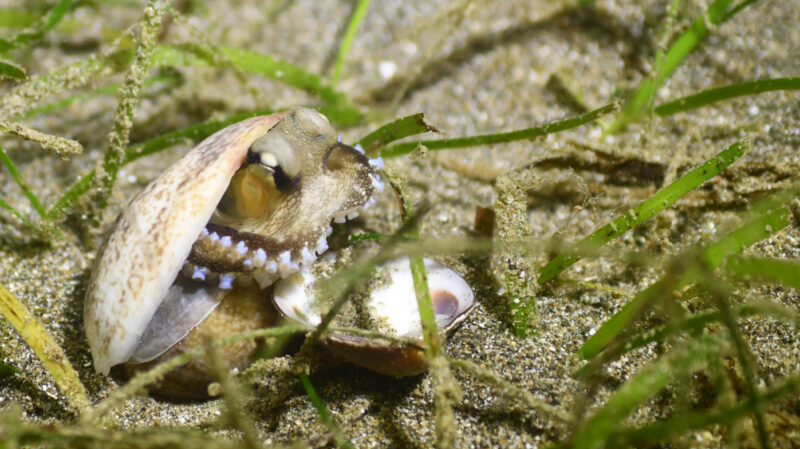
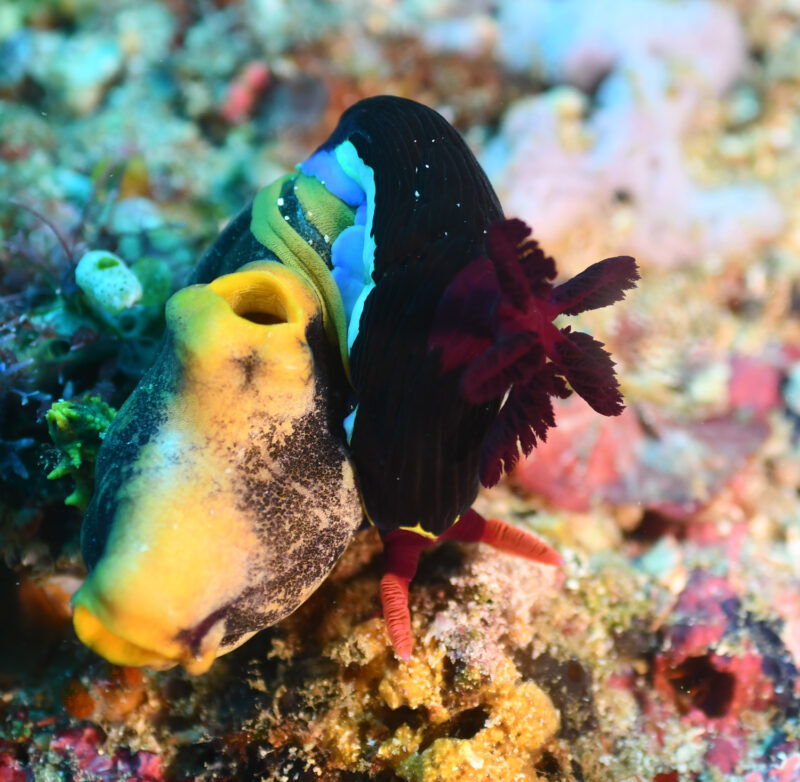
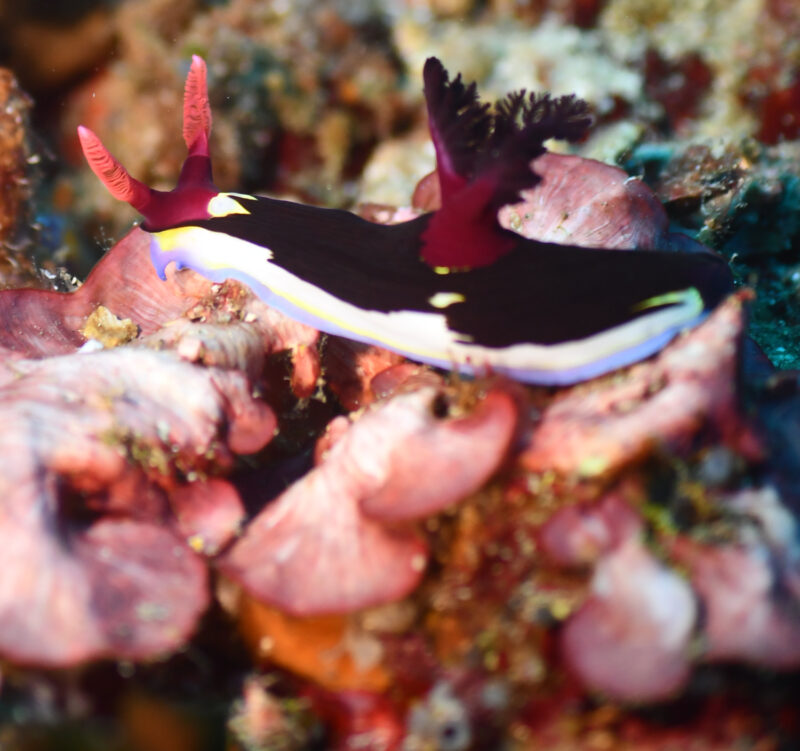
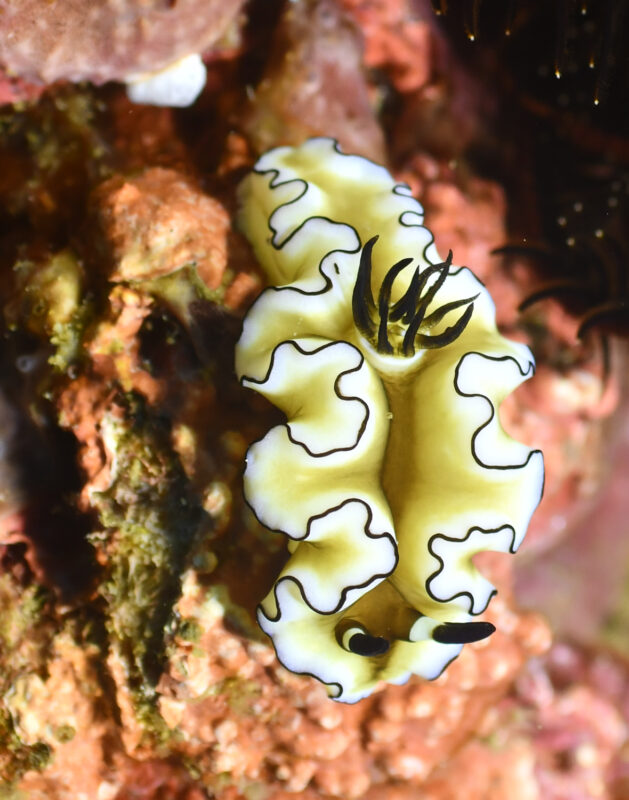
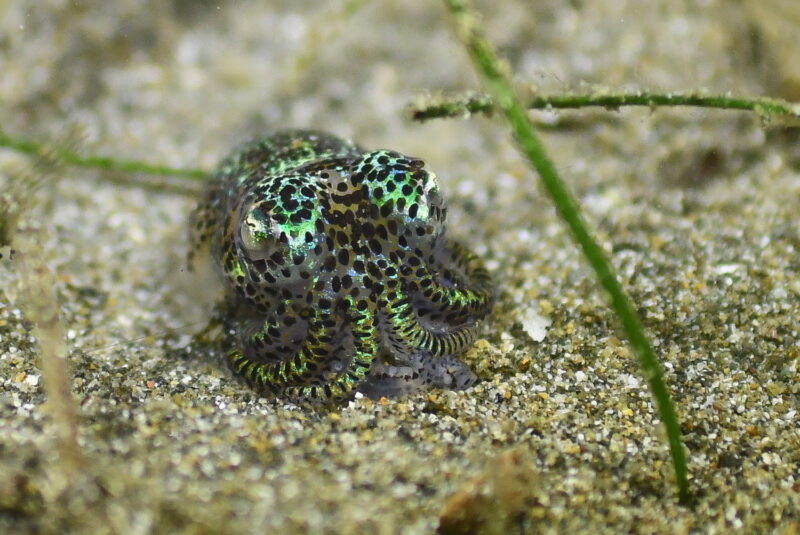

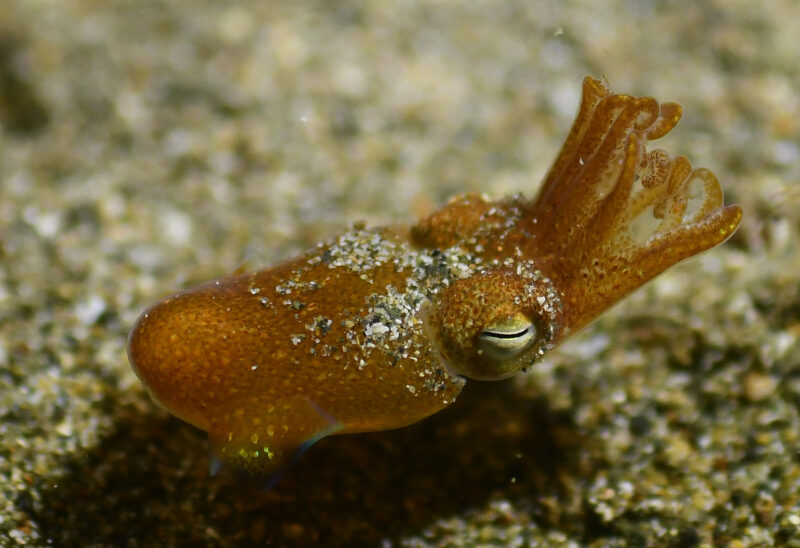
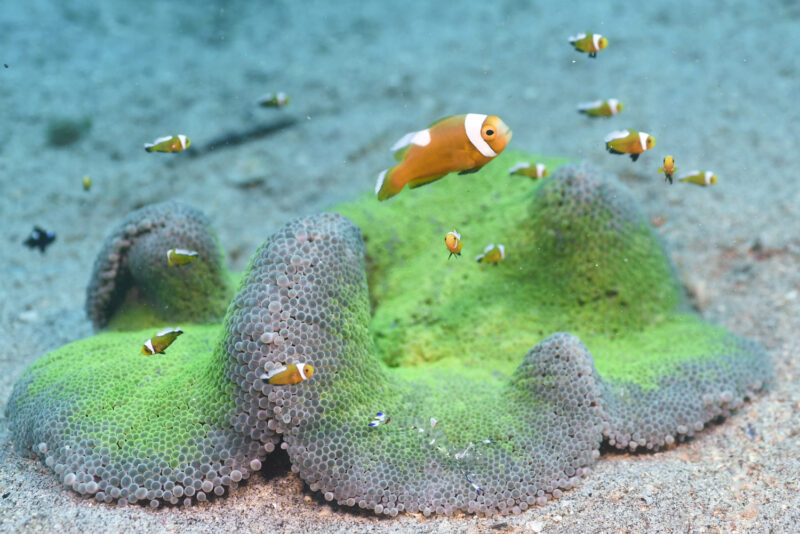

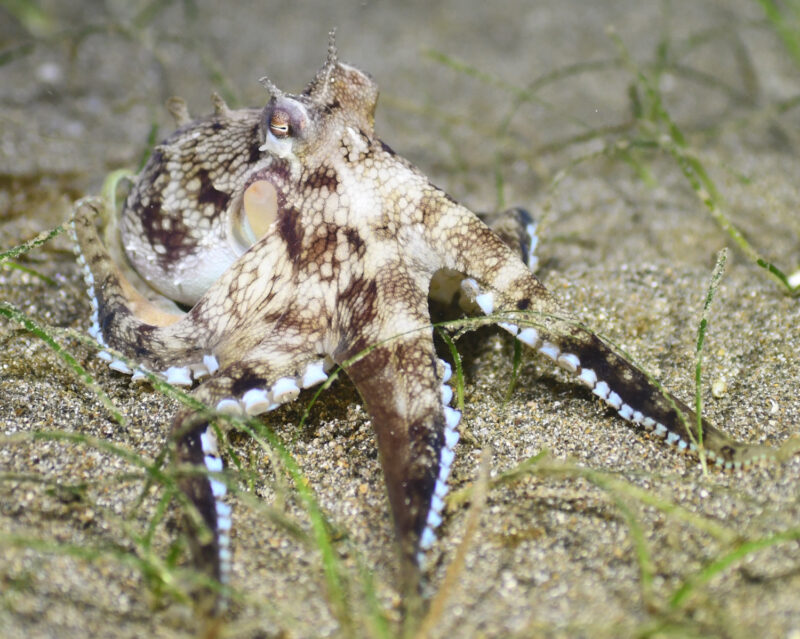
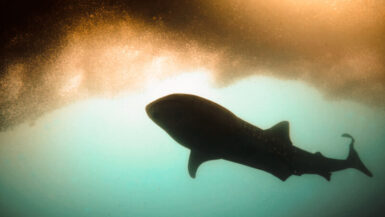
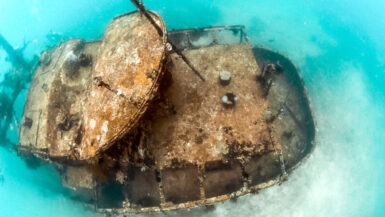
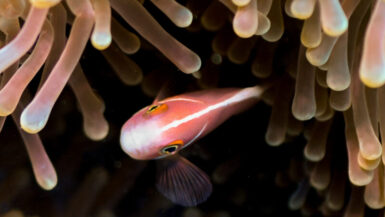
Leave a reply